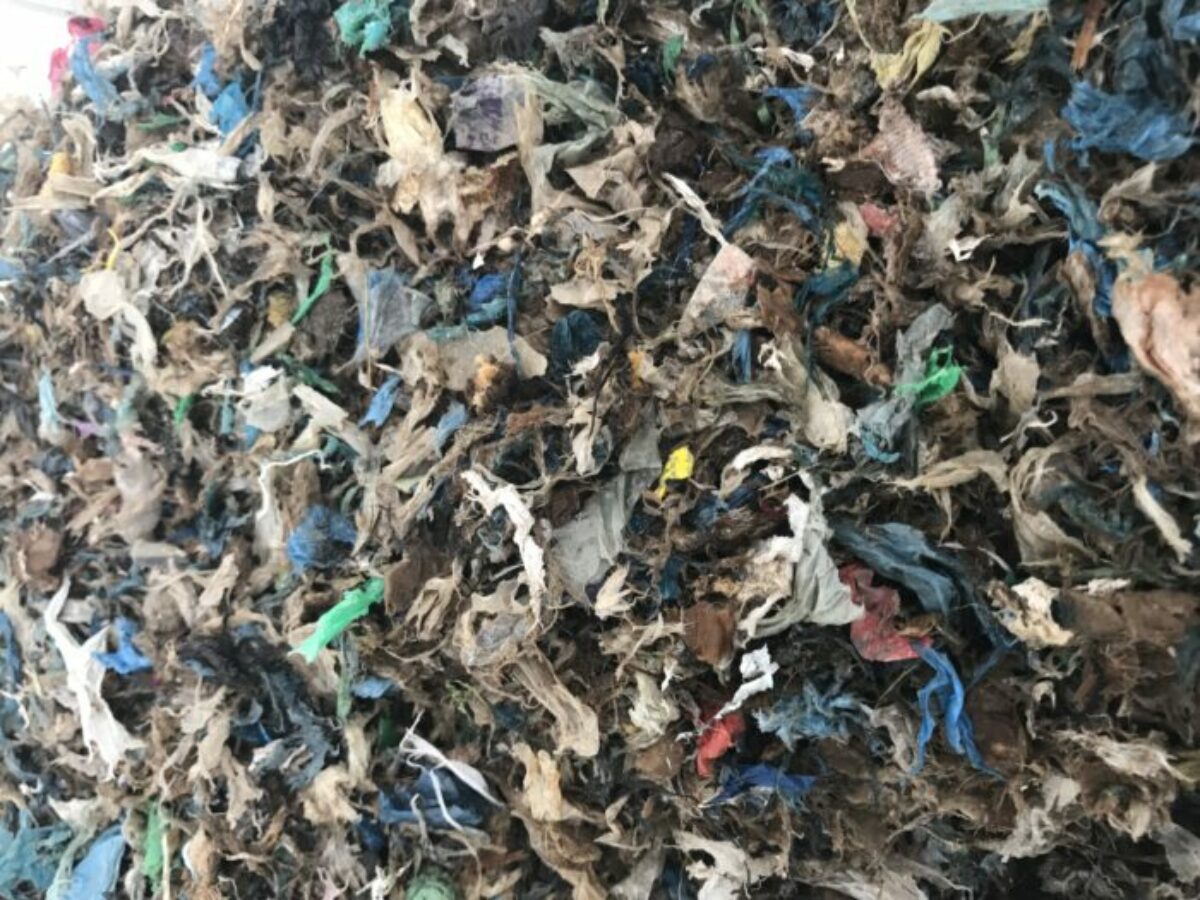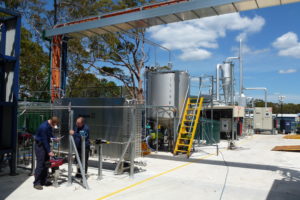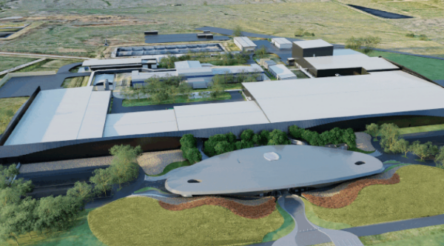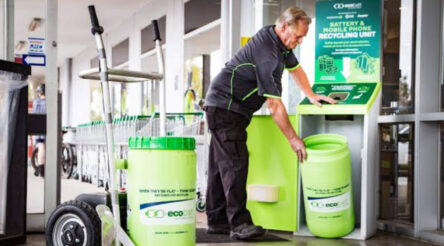Subscribe to our free @AuManufacturing newsletter here.
Plastic: from problem to circular resource

By Andrea Polson, Marketing and Communications Manager, Licella
Currently only 50% of plastics can be physically recycled. The rest, termed ‘End-of-Life Plastic’, is sent to landfill, incinerated or ends up in our oceans.
Almost two years after China Sword (the World’s major waste importer banning the import of foreign waste), we still need to get better at dealing with our own plastic – we can no longer ship the “problem” overseas.
At the heart of the issue is a mindset shift (a “back to the future” style thinking where resources are re-used). We need to stop thinking of plastic as a waste and start treating it as a resource with value.
To do that, we need policy that embraces new recycling technology and we need funding for our local recycling infrastructure.
Generally plastic recycling takes two forms – physical recycling and chemical recycling.
Physical recycling takes a resource and re-purposes it, keeping the material fundamentally the same. For example, a plastic bottle can be shredded into plastic flake or melted into plastic pellets, both building blocks for new plastic products. This is happening in Australia for PET and HDPE – and with investment, even more can be done.

Chemical recycling takes the material back one step further, to its chemical building blocks to make brand new materials. In the case of plastic, chemical recycling transforms the plastic back into the oil it originally came from. The advantage of chemical recycling is it can recycle virtually any type of plastic – including End-of-Life Plastic.
The recycled oil from chemical recycling of plastic is a direct substitute for fossil oil, reducing the demand for natural resources. This oil can be used to make fuels, chemicals and new plastics. Giving End-of-Life Plastic new life and transforming it into a truly circular resource. Research has shown that to date, 91% of plastic was not recycled. By combining physical and chemical recycling, we can recycle virtually all plastic, and work towards a plastic neutral future.
Last week, Prime Minister Scott Morrison addressed the United Nations General Assembly and shared some of Australia’s world-leading plastic recycling initiatives.
“New technologies are coming on line with the potential to recycle used plastics into valuable new plastics – creating a circular plastics economy… the ‘Catalytic Hydrothermal Reactor’ – an innovative Australian designed technology that converts end of life plastics into waxes, diesel and new plastics. These innovations show us a truly circular economy is not only possible, but is achievable.”
So what can the Government do to help? In NSW alone, $720 million is collected each year through the waste levy, with most going into consolidated revenue. Only a fraction is re-invested in our local recycling industry and programs to drive innovation are currently closed.
Here is an opportunity for waste producers, industry and consumers to come together and lobby the Government to support our recycling industry.
So what if instead of seeing a plastics recycling crisis, Australia looks to lead the world towards a plastic neutral future?
Pictures: supplied
Topics Manufacturing News
@aumanufacturing Sections
Analysis and Commentary Awards Defence Manufacturing News Podcast Technology Videos










